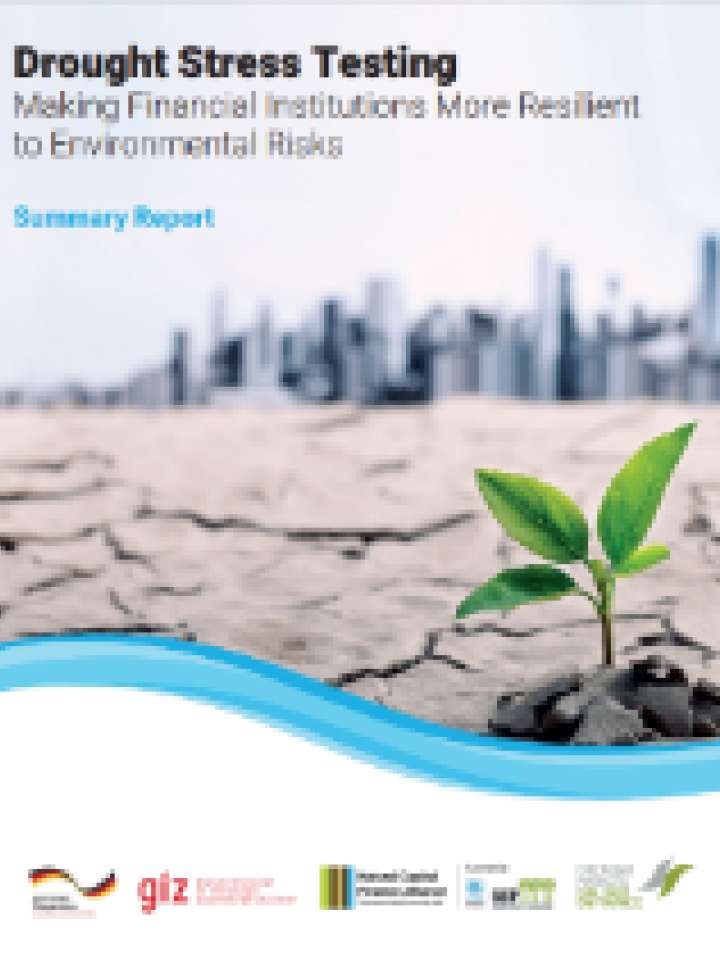Drought stress testing tool: Making financial institutions more resilient to environmental risks
Financial markets can play a pivotal role in accelerating the transformation towards a sustainable, greener future as lending and investment decisions direct the allocation of capital in our economic system. For the markets to assume this role, a key prerequisite is to understand the underlying risks imposed by climate change and environmental degradation. In order to understand and consequentially adequately assess and price environmental risks to enable informed financial decision making, reliable data and methodologies are required.
There is a growing body of evidence – from the five-year drought that hit California from 2011 to the record heatwaves that have swept Australia in recent years – that natural hazards and their resulting impacts have the potential to pose systemic risks to the financial system.
Financial institutions from across the globe and environmental experts have partnered to enhance an economic stress test for banks with environmental scenarios to produce an open and free tool for environmental stress testing.
- The tool uncovers a previously untreated risk in financial portfolios – drought.
- It reveals that extreme droughts could increase loan defaults 10-fold for institutions with specific portfolios that are most exposed to drought risks. • Even when exposed to drought scenarios of medium severity, most companies see their credit ratings downgraded.
- The approach can highlight where companies in disparate sectors share a dependence on water availability, which can make portfolios less diverse than they at first appear.
- The most affected sectors are water supply, agriculture and power generation, particularly in countries that are heavily reliant upon hydroelectric power. Significant impacts are also found in water-dependent sectors such as food and beverages.
- Sectors that are less water-dependent but highly sensitive to general economic strength, such as petroleum refining, were also affected by the general economic impacts of drought.
Explore further
